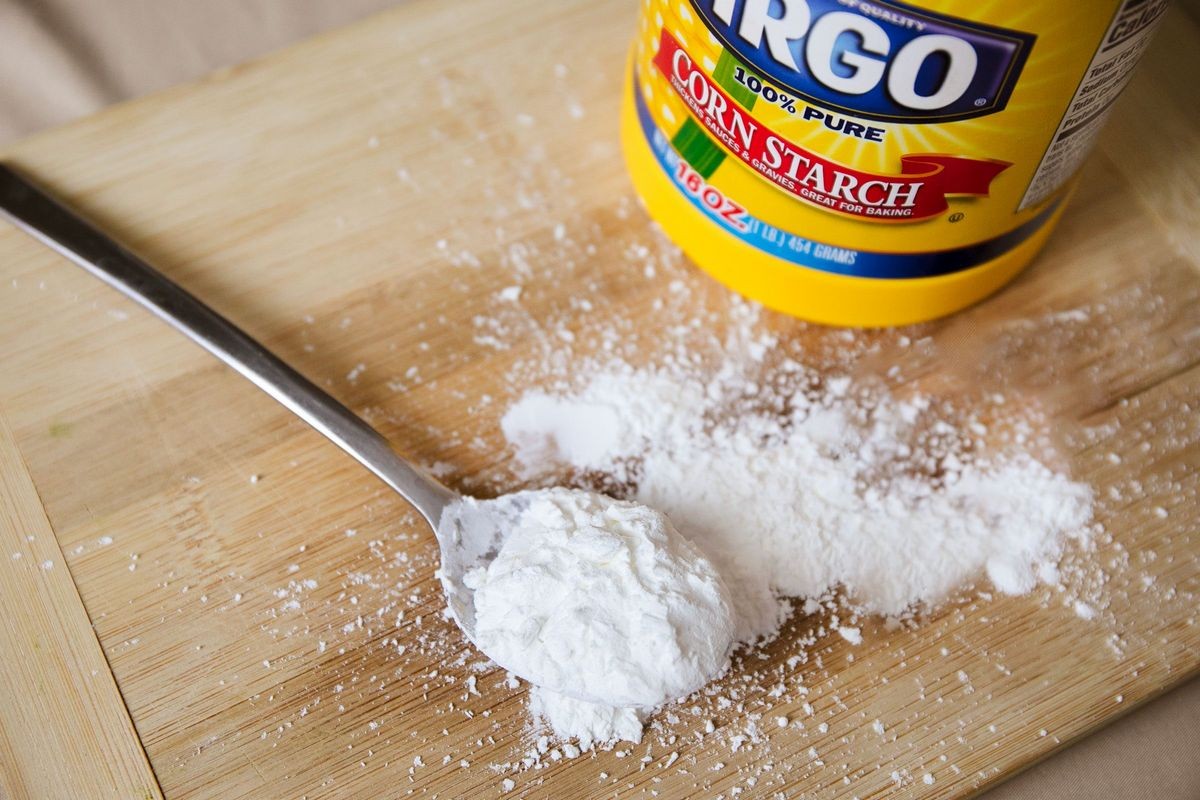
Contents
Cornstarch: Healthier Than Flour, Safe, and Side Effects?
Cornstarch is made from the corn kernel and is a pure carbohydrate unlike flour, which contains more nutrients.
Cornstarch is commonly used in various foods and beverages by home cooks and in commercial settings.
Although cornstarch is not nutrient-rich, it’s questionable whether or not it is bad for you. If you’re seeking a healthier flour alternative, cornstarch may not be the best choice.
Cornstarch is made by milling the starchy center of the corn kernel into a finely grained product.
It is considered a refined grain, as certain nutrients are removed during the refining process.
Cornstarch is mainly used as a thickener in cooking, altering texture without affecting flavor. It is also utilized in products such as paint, glue, and commercial cleaners.
There are different types of cornstarch, including normal, waxy, and high-amylose variants. Normal and waxy cornstarch are easier to digest than high-amylose cornstarch.
What nutrients does cornstarch contain?
Cornstarch is mainly a pure carbohydrate, with starch being the primary carbohydrate present.
There are three types of starch in cornstarch:
- Rapidly digested: This starch breaks down quickly in the digestive system, causing quick spikes in blood sugar levels.
- Slowly digested: This starch takes more time to break down and gradually releases sugar into the bloodstream.
- Resistant starch: This starch cannot be digested conventionally in the small intestine but is broken up and fermented by gut microorganisms, producing short-chain fatty acids that benefit overall health.
100 grams of cornstarch contains the following nutrients:
- Water — 8.32 grams
- Protein — 0.26 grams
- Total fat — 0.05 grams
- Total carbohydrates — 91.3 grams
- Fiber — 0.9 grams
- Calcium — 2 milligrams
- Iron — 0.47 milligrams
- Magnesium — 3 milligrams
- Phosphorus — 13 milligrams
- Potassium — 3 milligrams
- Sodium — 9 milligrams
- Zinc — 0.06 milligrams
- Copper — 0.05 milligrams
- Manganese — 0.053 milligrams
- Selenium — 2.8 micrograms
- Choline — 0.4 micrograms
How does cornstarch compare to flour?
Cornstarch and flour both aid in thickening, but substituting all flour with cornstarch significantly alters baked goods’ texture and consistency.
Recipes often require specific starch-to-gluten ratios, which wheat flour provides. Cornstarch, on the other hand, is gluten-free.
In comparison to cornstarch, 100 grams of enriched, bleached wheat flour contains more:
- Protein — 10.9 grams
- Calcium — 19 milligrams
- Iron — 5.62 milligrams
- Magnesium — 26.7 milligrams
- Selenium — 15.7 micrograms
There are healthier flour alternatives available, such as almond flour, coconut flour, and oat flour, which provide additional benefits.
If using cornstarch as a flour substitute, it is recommended to use one and a half teaspoons of cornstarch for every tablespoon of wheat flour.
Is cornstarch bad for you?
Cornstarch has a high glycemic index, causing rapid spikes in blood sugar levels after consumption. This can be problematic for individuals with conditions like type 2 diabetes and may contribute to obesity.
If blood sugar regulation is crucial, high-amylose cornstarch, which has a higher amount of resistant starch, is a better option.
Cornstarch consumption can negatively impact heart health. Low-carbohydrate diets are beneficial for heart health, while high glycemic index carbohydrates, like cornstarch, increase the risk of heart disease.
QUESTION
Does cornstarch have any health benefits?
Cornstarch is a healthy choice for a thickening agent due to its gluten-free nature, making it safe for individuals with Celiac disease and non-Celiac gluten sensitivity (NCGS).
Additionally, cornstarch contains a small amount of dietary fiber, which helps meet daily fiber intake requirements. Sufficient fiber intake reduces the risk of heart disease, colon cancer, and insulin sensitivities.
Cornstarch is also used to assist individuals with glycogen storage diseases and severe fasting hypoglycemia, allowing longer periods without eating.
Sources:
American Journal of Clinical Nutrition: "Use of modified cornstarch therapy to extend fasting in glycogen storage disease types Ia and Ib."
Brigham and Women’s Hospital: "AHA News: Refined Flour Substitutes Abound — But How to Choose the Best One?"
Cleveland Clinic: "How to Use Healthy Flour Substitutes – Or Have Your Cake and Eat It Too."
Frontiers in Nutrition: "Structural Features and Digestibility of Corn Starch With Different Amylose Content."
Intermountain Primary Children’s Hospital: "How to Use Healthy Flour Substitutes – Or Have Your Cake and Eat It Too."
Journal of the American College of Nutrition: "Dietary Carbohydrates and Cardiovascular Disease Risk Factors in the Framingham Offspring Cohort," "The glycemic index: physiological significance."
Nutrients: "The Health Benefits of Dietary Fibre."
PLoS One: "The effects of low-carbohydrate diets on cardiovascular risk factors: A meta-analysis."
U.S. Department of Agriculture: "Cornstarch," "Flour, wheat, all-purpose, enriched, bleached."
USDA Agricultural Research Service: "Innovative Cornstarch Makes Products Sustainable and ‘Green’."


